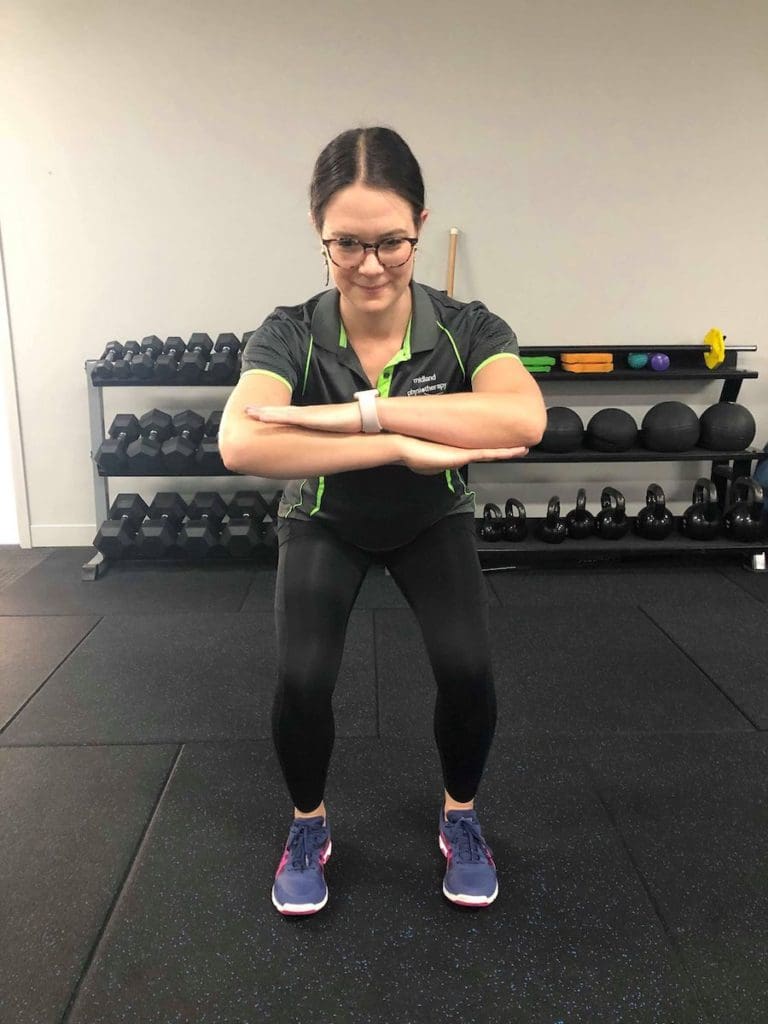Do you have an ankle that just seems to roll all the time? As if it has a mind of it’s own?
An ankle that maybe feels a little bit weak or a little too flexible?
If this sounds like your ankle, you might have what we call in the physio world: “Chronic Ankle Instability” (CAI).
CAI is a common condition characterised by recurring ankle sprains and a persistent sense of instability in the ankle joint.
Common signs of CAI include:
- Frequent “giving way” of the ankle
- Swelling
- Pain
- Difficulty walking on uneven surfaces
Whilst the initial ankle sprain may have been caused by a simple ankle injury (in sport or a fall); and seemed like nothing significant, CAI can persist long after the initial trauma.
Factors that contribute to the development of CAI include:
- Improper healing or rehabilitation of the initial ankle sprain
- Ligament damage: overstretched or torn ligaments may leave the ankle joint vulnerable to recurrent injury.
- Muscle weakness & imbalance: contributing to insufficient support or stability at the ankle.
- Poor proprioception: reduced ability of the brain to sense the ankle’s position in space, and therefore control the ankle’s movement.
- Anatomical factors: some people naturally have more laxity in their ligaments, predisposing them to a less stable ankle joint.
- Previous injuries: each time you have an additional ankle sprain, you perpetuate the cycle of instability, leading to a higher risk for developing CAI.
- Biomechanics issues: abnormalities in foot biomechanics (the way you move) can place increased stress on the ankle joint and contribute to instability over time.
If left unmanaged, CAI can lead to:
- Further ankle sprains
- Functional limitations
- Sporting limitations
- Chronic pain and discomfort around the ankle joint
- Joint degeneration
Luckily for you, Physiotherapists are experts at managing CAI to optimise your ankle health, and therefore your quality of life.


Treatment typically starts with a thorough assessment to identify the weaknesses and imbalances contributing to your ankle instability.
We will then develop a tailored exercise program to improve the strength, flexibility, and coordination of your ankle. These exercises may include:
- Range of motion exercises
- Strengthening of the ankle & surrounding muscles
- Balance & proprioception training
- Functional exercises

This program will improve your ankle’s stability during daily activities and in sports.
Your physio will monitor and progress your exercises as your ankle strength and stability improves. Then, before you know it, recurring ankle rolls will be a thing of your past, and you will be able to enjoy a happy, healthy and strong ankle!

Mia Swindells
Physiotherapist
BIOGRAPHY
Mia earned her Bachelor of Physiotherapy from the University of Notre Dame.
She has multiple years of experience as a sports trainer for the Subiaco Colts football team and the UWA Hockey Club. Her role involved providing sideline injury assistance on game days, and guidance on the player’s rehabilitation journeys.
In multiple hospital settings, Mia has helped people achieve their optimal recovery post-surgery. This fostered her passion for working in the private practice space, where she helps people to achieve their pain management and lifestyle goals, both large and small.
Dedicated to tailored rehabilitation approaches, Mia collaborates closely with her patients to get to the root of their problems, and get them back to doing what they love. Whether utilising basic bodyweight exercises or advanced gym equipment, she prioritises patient-centred care to achieve optimal outcomes.
Beyond her clinical work, Mia is an avid yogi, a Tae Kwon Do Black-belt instructor and a gym enthusiast. She’d love to talk advanced balance and headstands with you at any-time. She also loves taking her dogs to the dog-beach, camping, and indulging her sweet-tooth with choccy or ice cream.




